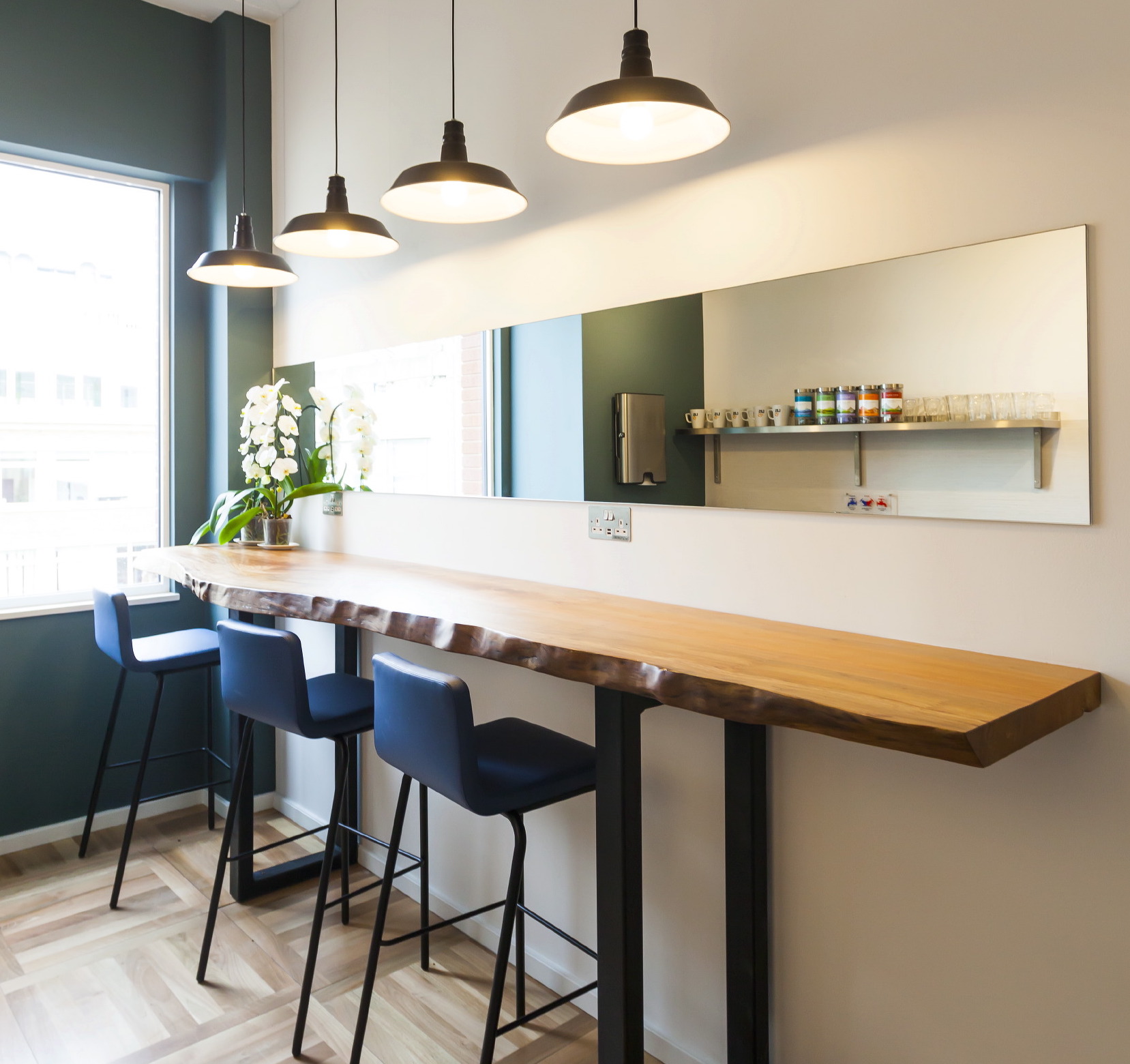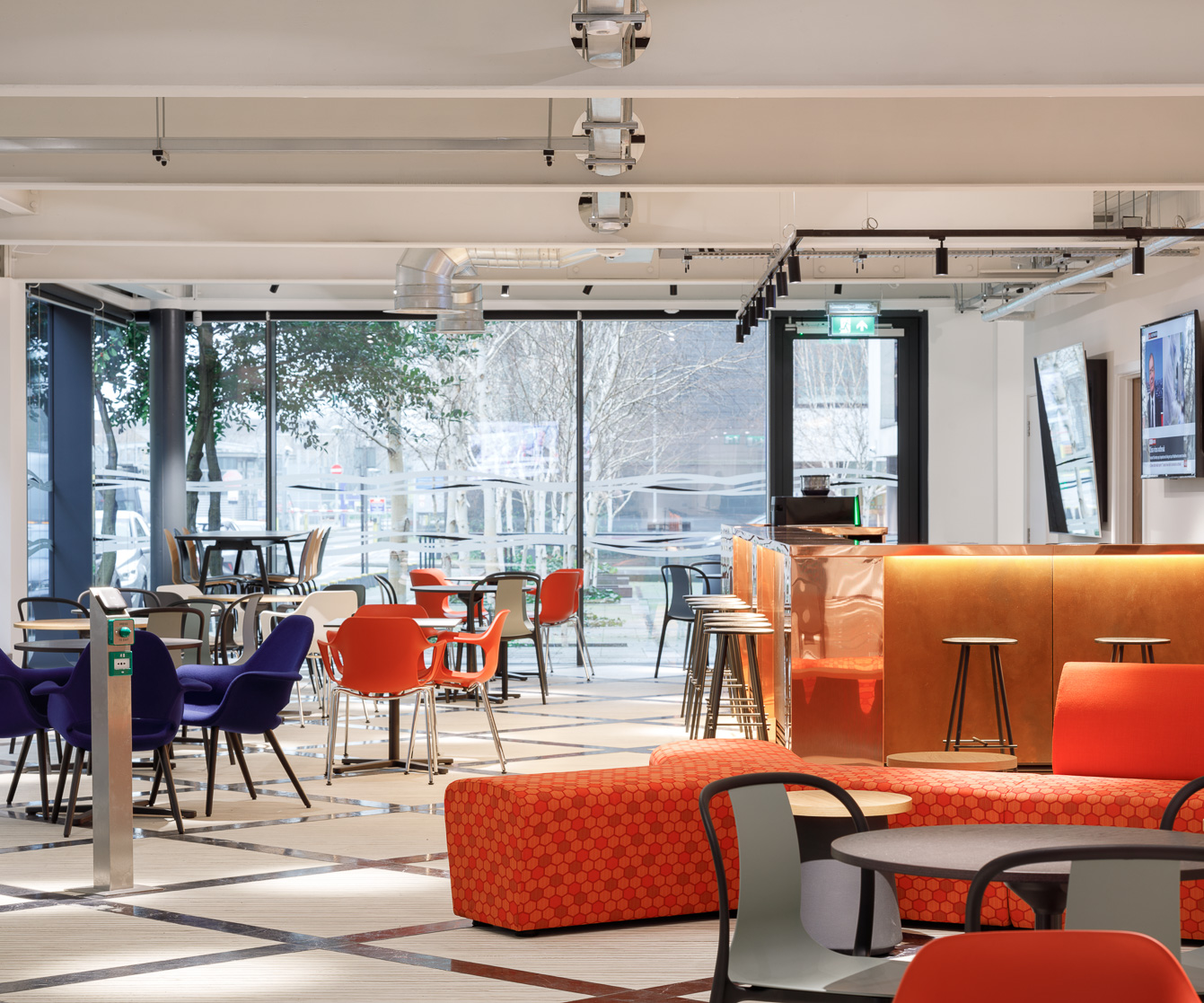Us&Co Blog
The Top Co-working Trends For 2020
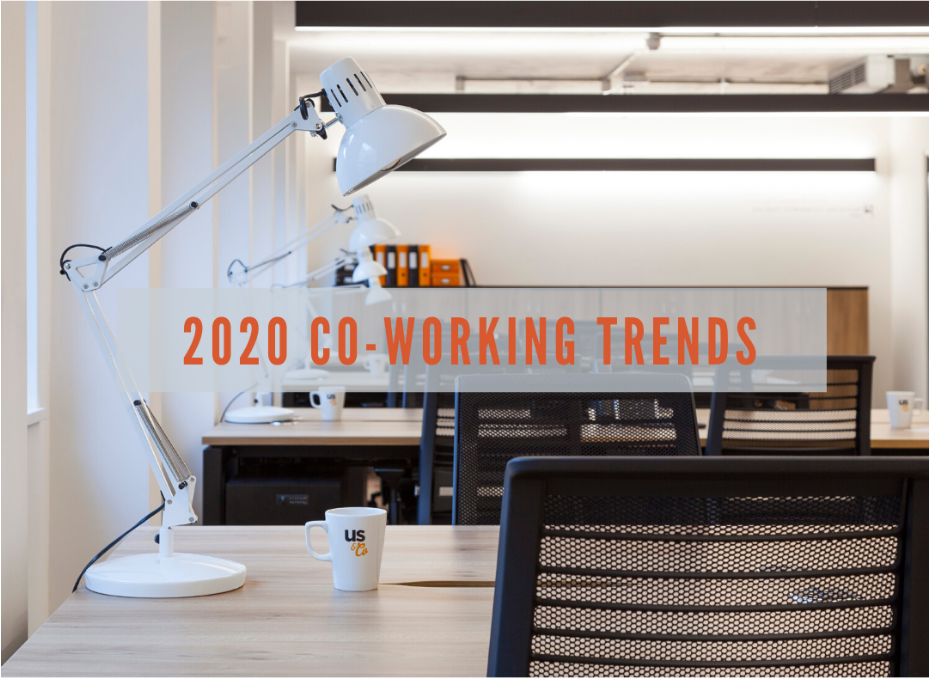
The last ten years have been staggering for the phenomenon of co-working. Back in 2010, only 21,000 people around the world could be classed as ‘co-workers’. Now, it is estimated that there will be 5.1 million co-workers by 2022.
With the new year (and a new decade!) just around the corner, we thought now would be the perfect time to look ahead to how this industry looks set to shape-up in 2020. As more and more brands turn to flexible office space, staying ahead of the co-working trends is becoming increasingly essential for staying ahead of your competition.
This article has been written by Us&Co, professional co-working space provider based in London Monument, Dublin and Stratford. For more information on our facilities and services, click here.
1. The growth of serviced, fully private offices
There was a time when co-working was mainly for freelancers, hot-deskers and short-term office rentals. While the practice is still obviously great for such workers, it also looks as though an increasing number of other players are entering the co-working game.
One of the primary benefits of co-working is that it takes all the stress and hassle of office management away so you can concentrate on growing your business instead. The ease of not dealing with cleaning, intermittent Internet and stocking the coffee machine with beans is now appealing to small teams and larger companies alike.
As a result, more established and flourishing brands are opting for serviced private offices. These provide all the privacy, customisation and space that you need, alongside the flexibility and time-saving inclusions that characterise co-working memberships.
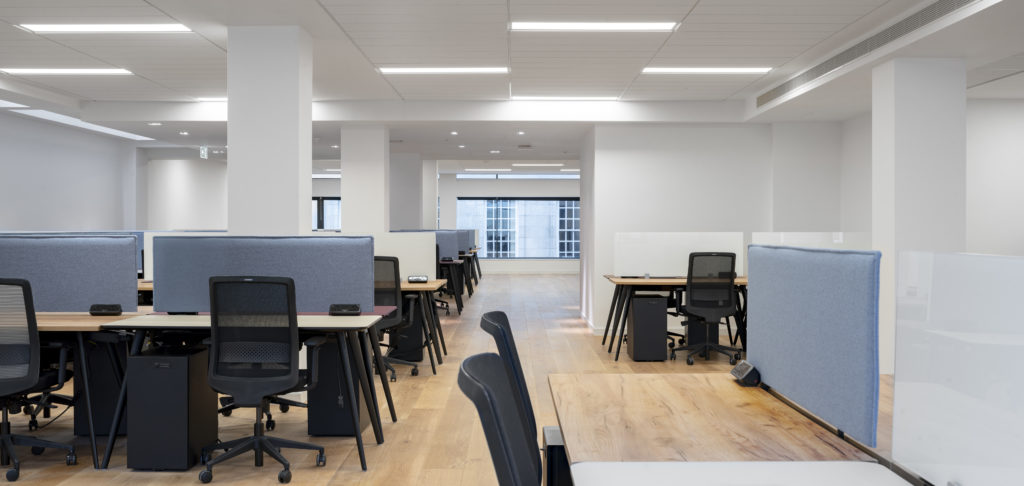
An example of a fully serviced private office from Us&Co, ideal for larger teams looking for a space they can really make their own.
2. The external meeting trend
Bookable meeting rooms are becoming increasingly popular, with 2020 set to see the highest number yet of meetings arranged at external locations. A report by Meetings Booker found that a growing number of businesses are booking externally particularly for full-day meetings, which make up 49% of room booking requests.
It’s not hard to see why. There is a long list of advantages to booking external meetings, and scenarios where it is advisable to do so. For example, many brands who book one of our Us&Co meeting rooms do so for a change in scenery for breakout workshops, because they don’t have the meeting space of their own or to take advantage of amenities like audio-visual technology or whiteboards.
External meeting rooms provide high-tech, serviced spaces where any business can host and impress partners, clients, investors and prospective employees. The variety promised by these spaces offers businesses the flexibility of duration, group size and even seated or stand-up meetings.
As specialists in productivity-focused office design, you can be sure to expect a high standard of meeting rooms from co-working spaces.
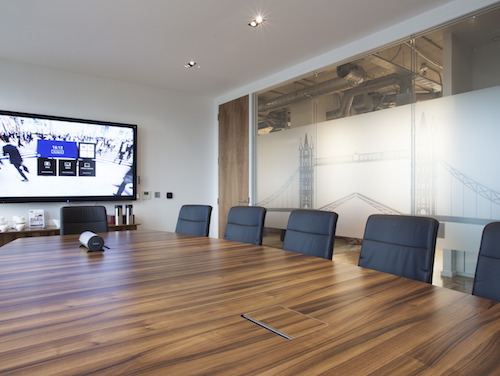
3. The increasing variety of co-working providers
When co-working was a relatively new phenomenon, there wasn’t a huge variety in what you could expect. Obvious big, early players like WeWork dominated the industry, stamping their particular style onto the practice. That’s all well and good, but it is becoming abundantly clear that a one-size-fits-all never works when it comes to workplace productivity.
In recent years, co-working has seen a significant increase in diversity. Some offer specialist spaces focusing on co-working for a specific industry. Others prioritise catering for certain sizes of teams, for example, spaces designed primarily for freelancers or small groups of under 5. Then there are some that pride themselves on providing a female-centric atmosphere.
Here at Us&Co, we’ve gone down the route of Pro-Working. We prioritise professionalism, productivity and flexibility to provide our members with truly high-quality working experience.
4. The growth of co-working in new locations
Co-working is no longer confined to London, New York and other large metropolitan power-houses. In 2019, the number of co-working spaces registered outside of the UK and USA climbed. India, Spain and Germany, for example, have 841, 483 and 311 co-working spaces registered.
Within the UK, you can expect to find co-working centres cropping up in the vast majority of cities and large towns. London, of course, continues to be the co-working capital of the country (if not, Europe too). However, co-workers no longer have to look to central, ‘conventional’ co-working locations, like Bank & Liverpool Street. Co-working business centres are emerging in previously untapped areas, such as Stratford, which continues to reap the benefits of the 2012 Olympics.
Another significant up-and-comer in the world of co-working is Dublin. Especially amidst the uncertainty of Brexit, many brands are turning to the Irish city for bases within the EU. It offers a high quality of life and a gateway to world markets that appeals to SMEs and established businesses alike. In line with this increase in Dublin business potential, the Dublin flexible workspace industry grew by 4,500 new desk spaces within 2019 (according to research by Click Offices), with further growth predicted for 2020.
Interested in co-working?
Interested in seeing how co-working could help your business thrive in 2020? Us&Co have dedicated pro-working centres in London Monument and Dublin, as well as our brand new workspace in Stratford, opening in the new year. Come look around our centres by booking a tour here.
Get in touch with the Us&Co team today:
London Monument co-working space, 7 Harp Lane
Phone us: 02030313535
London Stratford co-working space, 11 Burford Road (opening early 2020)
Phone us: 020 3031 3535

